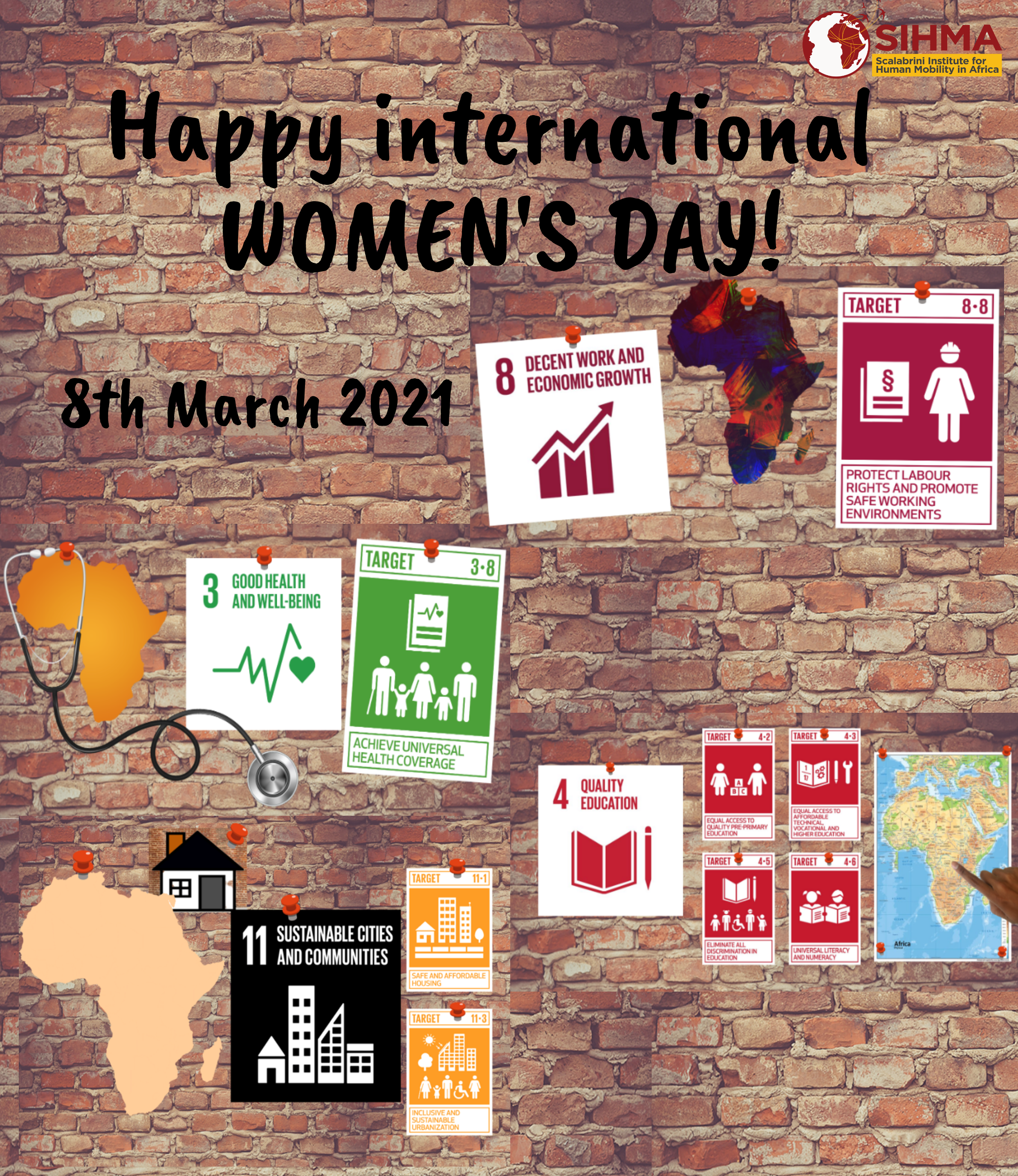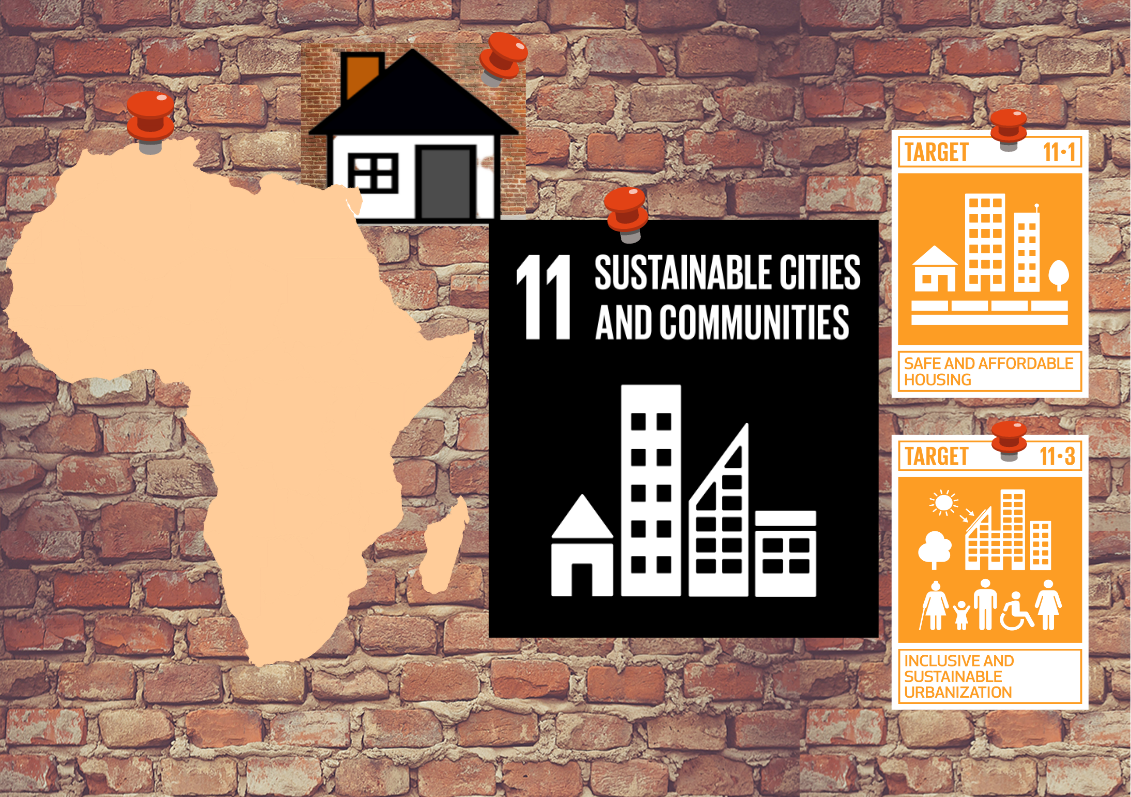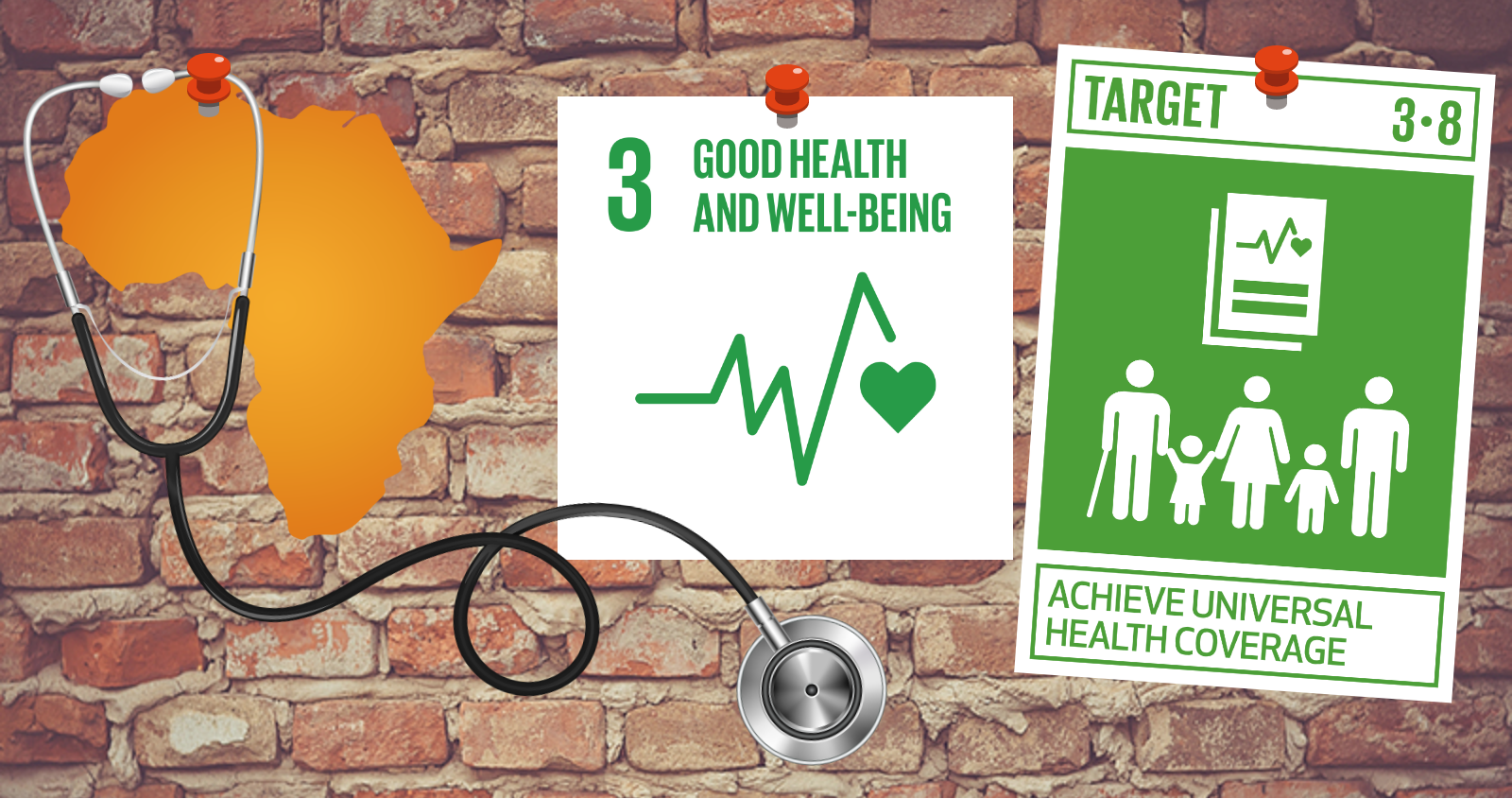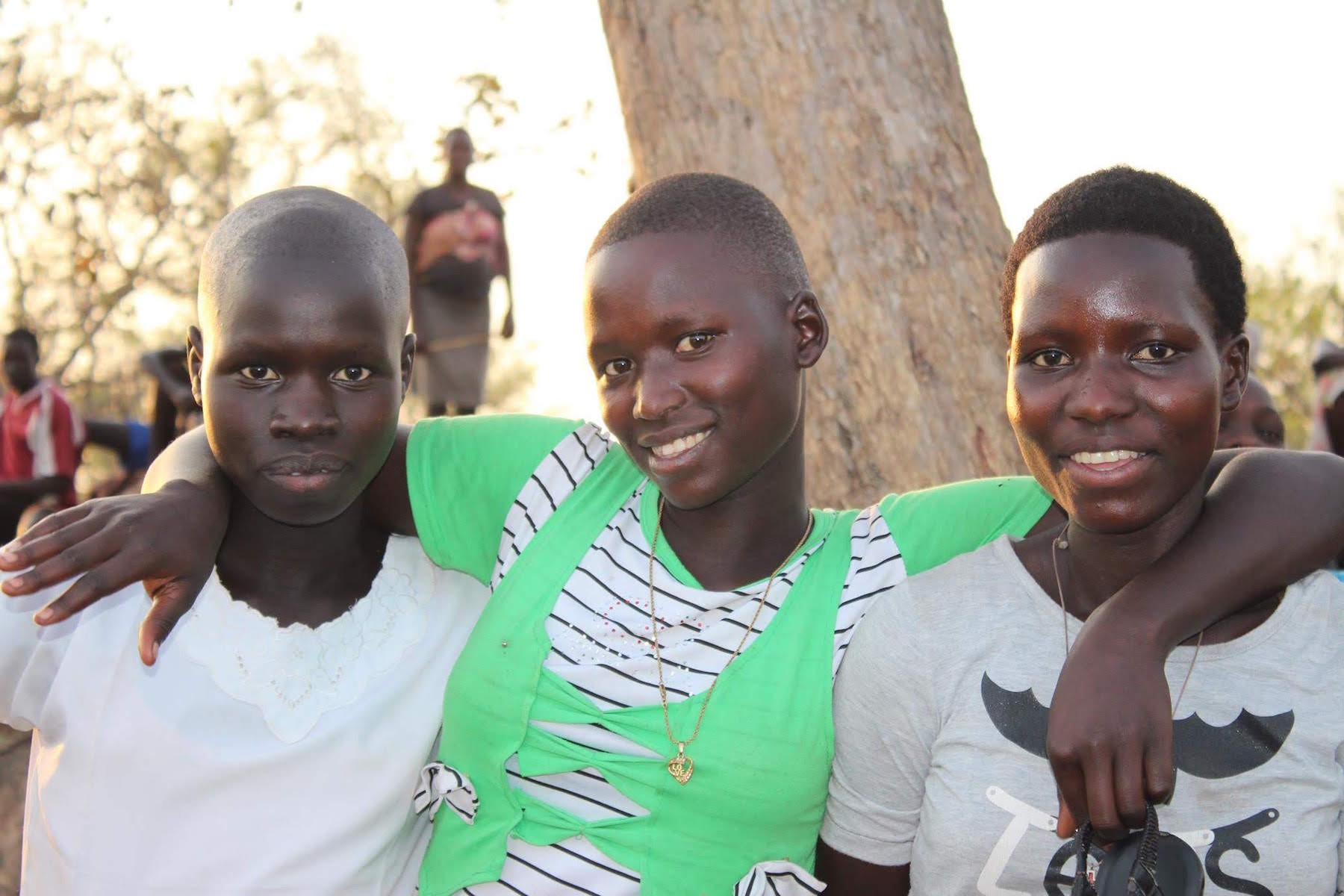International Women's Day
On International Women’s Day SIHMA recognises and celebrates the role migrant women in Africa and in societies across the world. We recognise migrant women’s contribution, their experiences and the challenges faced and overcome. Migrant women and girls are particularly vulnerable to abuse and exploitation and are far too frequently marginalised and excluded from access to rights and opportunities. In 2020 the Scalabrini Institute for Human Mobility in Africa launched a series on the Exclusion of Migrant women in...

Exclusion of Migrant Women in Africa | Access to Housing
Continuing the Series on Migrant Women In continuing the series on the exclusion of migrant women, we are looking at the limited access to housing that migrant women have around Africa and around the world. Previously in this SIHMA series...

Exclusion of migrant women | Access to health care
Continuing the Series on Migrant Women. In the first edition of SIHMA’s series on the exclusion of migrant women, we discussed the particular lack of access to the labour market and the exclusion of migrant women from labour-related policy making (1). This second article addresses the even more intimate issue that is physical and mental well-being and access to health services. Indeed reports, such as the 2018 World Health Organization (WHO) reports entitled...

World Day for Migrants and Refugees – Forced like Jesus Christ to Flee
16 Sunday, September 27th is the 106th World Day for Migrants and Refugees. On this day, the Vatican invites the world to look at migrants and refugees’ plight and highlights the role of the Church in their protection. This year, Pope Francis dedicated the day to the pastoral care of internally displaced persons with the message “Forced like Jesus Christ to flee. Welcoming, protecting, promoting...
.jpg)
Female Migrants in the Informal Sector (Ghana)
Of the 272 million migrants worldwide, 47.9% of them are females (1). Most are workers in the informal business sector, and oftentimes face different challenges than their male counterparts (2). Published in the most recent African Human Mobility Review, Fabian Sebastian Achana and Augustine Tanle of the University of Cape Coast, Ghana, document the circumstances, motivations, lived experiences, and future aspirations of female migrants engaged in informal sector businesses in...

Female Migrants and Refugees Leaving a Positive Mark within their Communities
Over the past 60 years, there has been an increase in the number of females migrants migrating for work, education, and as the heads of the households (1). Currently, 47.9%, around 130 million of the international migrant stock are females (1). In Africa, 48% of migrants are females, with male migrants experiencing more growth in the recent years. Many news stories have warned about the possibilities of female migrants facing stronger discrimination, often having to face double discrimination...

